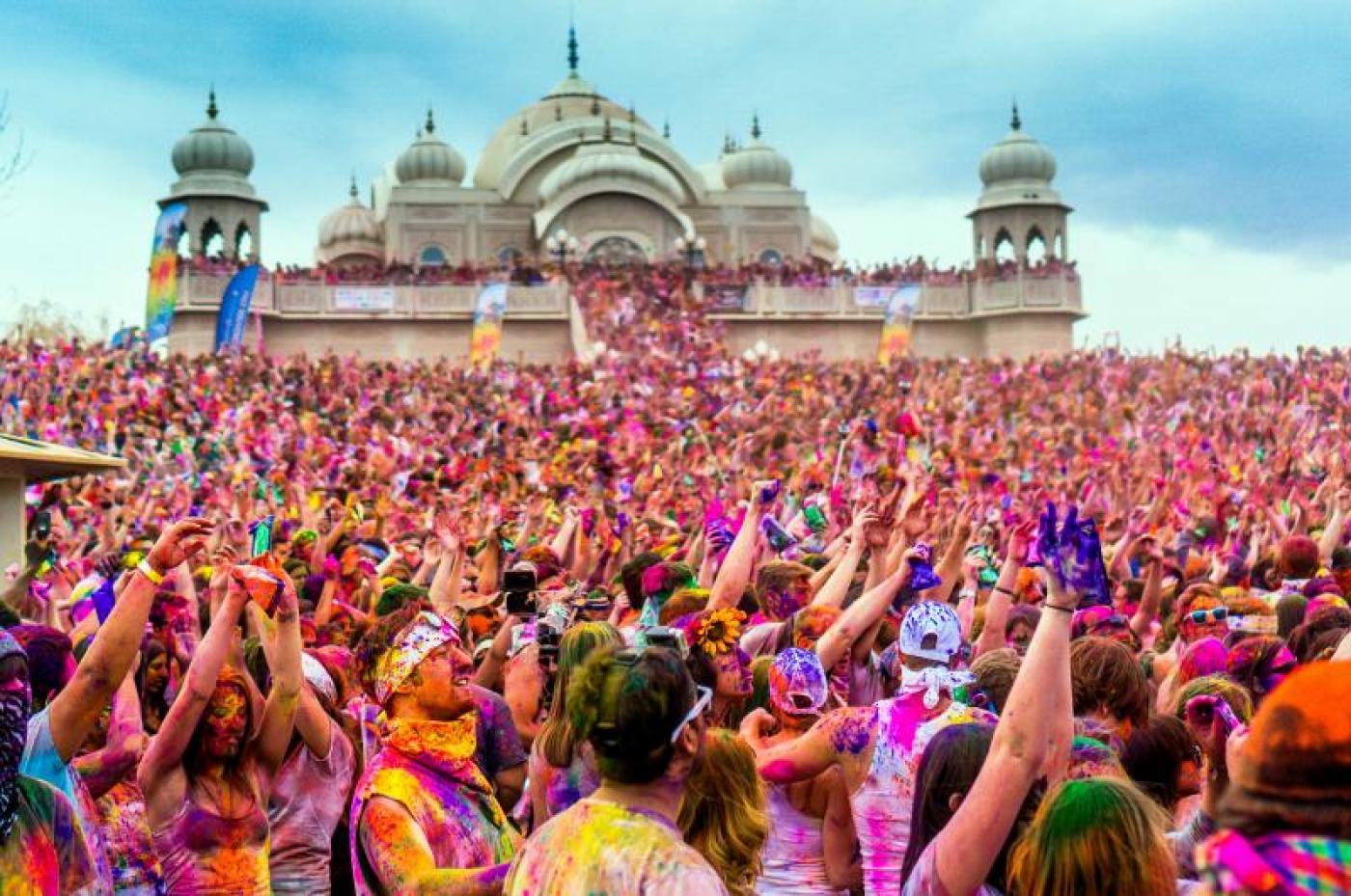Agra lies in the west of the state of Uttar Pradesh on the banks of River Yamuna. It is a city with a rich history and beauty that goes back to mythological times, which is why it was named Agravana in Mahabharata which means paradise. In the 2nd century A.D., a Greek geographer, Ptolemy, christened the city with its current moniker. The city was established in the sixteenth century by Sikandar Lodi. Even though the thought of Agra places in one’s mind the image of the marvellous beauty known as the Taj Mahal, the town is more than just that. The city is awash with heritage sights and charming experiences ranging from crypts to meticulous lavish crafts like Pietra Dura.
Major Attractions:
Taj Mahal:
Described by Rudyard Kipling as “the embodiment of all things pure,” the Taj Mahal is a stunning masterpiece. This eternal love poem in white marble, as well-described by the poet Rabindranath Tagore, was lovingly built by Mughal Emperor Shah Jahan in memory of his attractive wife, Queen Mumtaz Mahal. It climbs up light as well as gracefully from the River Yamuna, with 22,000 workers and 1,000 elephants operating flat out, covering one hand of the Emperor’s enthusiasm. This was across 17 years before the full conclusion.
India’s third World Heritage Site, the Taj Mahal, is located in a serene and terraced Mughal Garden, where its flawless visage lays atop a creeper-clad marble foundation. Every inch of this edifice is manufactured with meticulous symmetry, with Pietra Dura filigree on all faces, integrated with many precious and semiprecious jewels, and with verses from the Quran inscribed in gem on the name of Allah using the calligraphy of inlaid jasper from Agra.
This beautiful creation has been attracting large groups of people, tourists, and learners. This ranges from photographers who want to have a glimpse of its beauty to tourists who are dumbfounded by its beauty. The lustre of this building is a testimony to the timeless love of two lost souls and the work of the world’s finest craftsmen.
Taj Mahal gate is known as Drawaza –e – Rauza and it is made up of red sandstone and the stone used in Taj Mahal is marble.
Agra Fort:
Located on the banks of river Yamuna, its cornerstone was laid in 1565 by the orders of Emperor Akbar, which was further renovated with his grandson Shah Jahan serving as a patron. The magnificent structure, built in the shape of a semi-circle is surrounded by a 21.4-meter-high fortification wall indicating its militaristic nature. In fact, even today, some parts of the red sandstone fort continue to be under the control of the Indian Army.
The fort was more than a military outpost for Shah Jahan; instead, he converted it into a resplendent palace. However, his empire experienced a traumatic uproar in 1658 when his son, Aurangzeb, assumed power and imprisoned Shah Jahan in the fort for eight long years. A short distance from the fort is a labyrinth of buildings, some of them vast subterranean sections. One approaches it from the south via the Amar Singh Gate, which opens into the vast open space of the Diwan-e-Aam. To the north is the beautiful Moti Masjid, and next to it the open Diwan-e-Aam, where Shah Jahan sat upon the Peacock Throne and listened to the problems of his people.
A small staircase ascending near the throne of Diwan-e-Aam leads one to discover a large courtyard surrounded by breathtaking buildings. Among these is the Nagina Masjid, sharing the white marble brilliance. Further into the fort, one finds the Diwan-e-Khas, which is remembered for hosting the Peacock Throne of Shah Jahan and the legendary Koh-I-Noor. The Shish Mahal with its shimmering walls of mirrors offers an almost blinding contrast to the dull walls of the fort. At the centre of the fort, one finds the Khas Mahal, whose white octagonal tower and pampered palace rooms stand out. Besides, the south of the fort houses the vast red-sandstone Jahangir’s Palace, which many say was made by Akbar for his son, Jahangir.
Sikandra/Akbar’s Tomb
To the western fringe of the city lies the grandiose tomb built of red sandstone and marble, initially commissioned by Emperor Akbar and, later, finished by his son, Jahangir. The elegant calligraphy covering its interior walls epitomizes the teachings of Din-e-Ilahi, a syncretic religious movement established by Emperor Akbar that blended aspects of Hinduism, Islam, and other faiths.
Sikandra is Akbar’s final resting place, with his tomb resting in a sombre chamber in this location. The monument is surrounded by a lavish garden in the historical Char Bagh plan, allowing yet another view to experience for the arriving guests.
Itmad-Ud-Daula
Purposefully constructed by the Emperor’s Noor Jahan, Roda Begum, within the years 1623-28 A.D., this paradisiacal structure exhibits unparalleled artistic design, erected in memory of her father, Mirza Ghias Beg. The tomb’s exterior and interior are composed only of white marble, generating an enigmatic atmosphere known to charm all its admirers, as many considered the masterpiece as an inspiration for constructing the world-renowned Taj Mahal.


